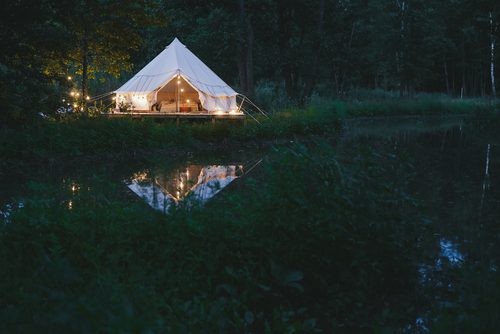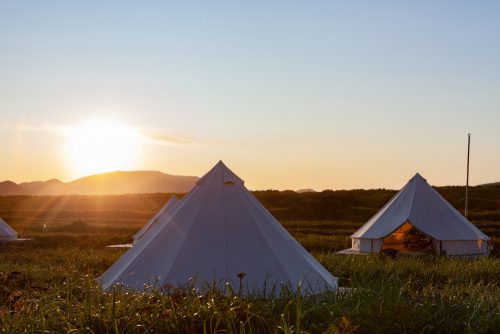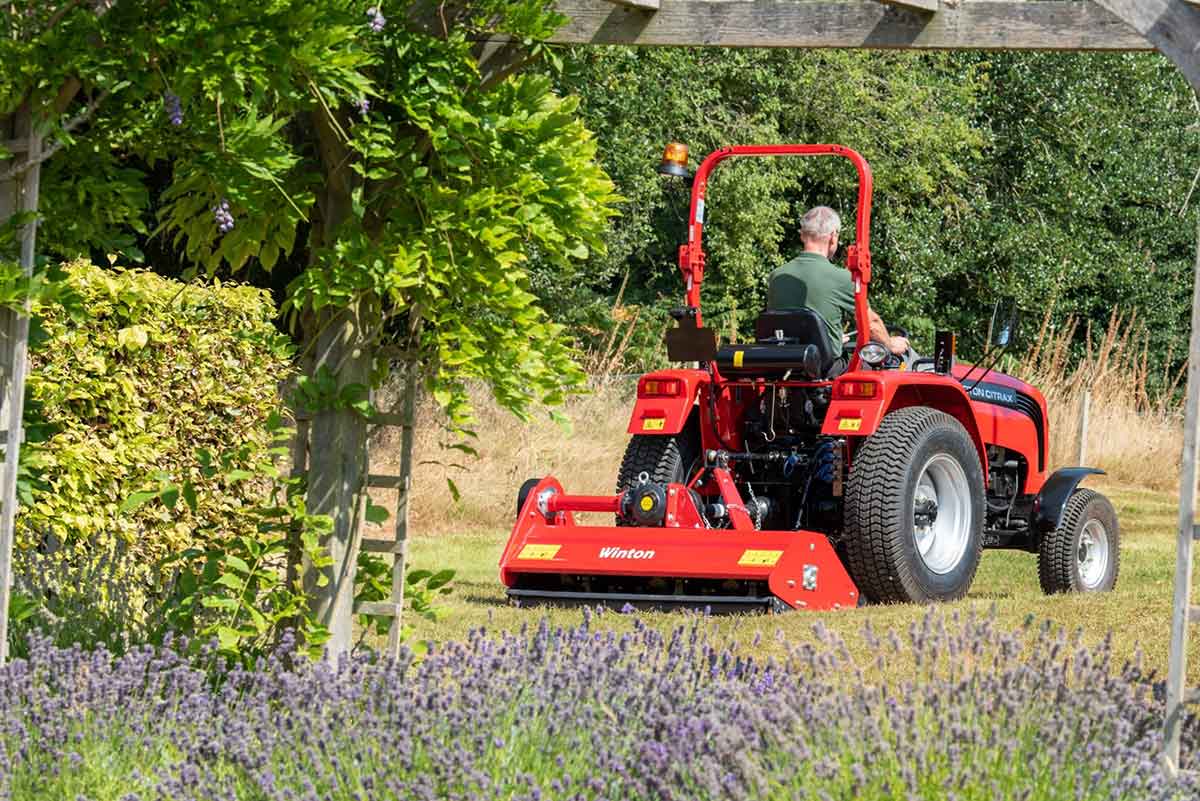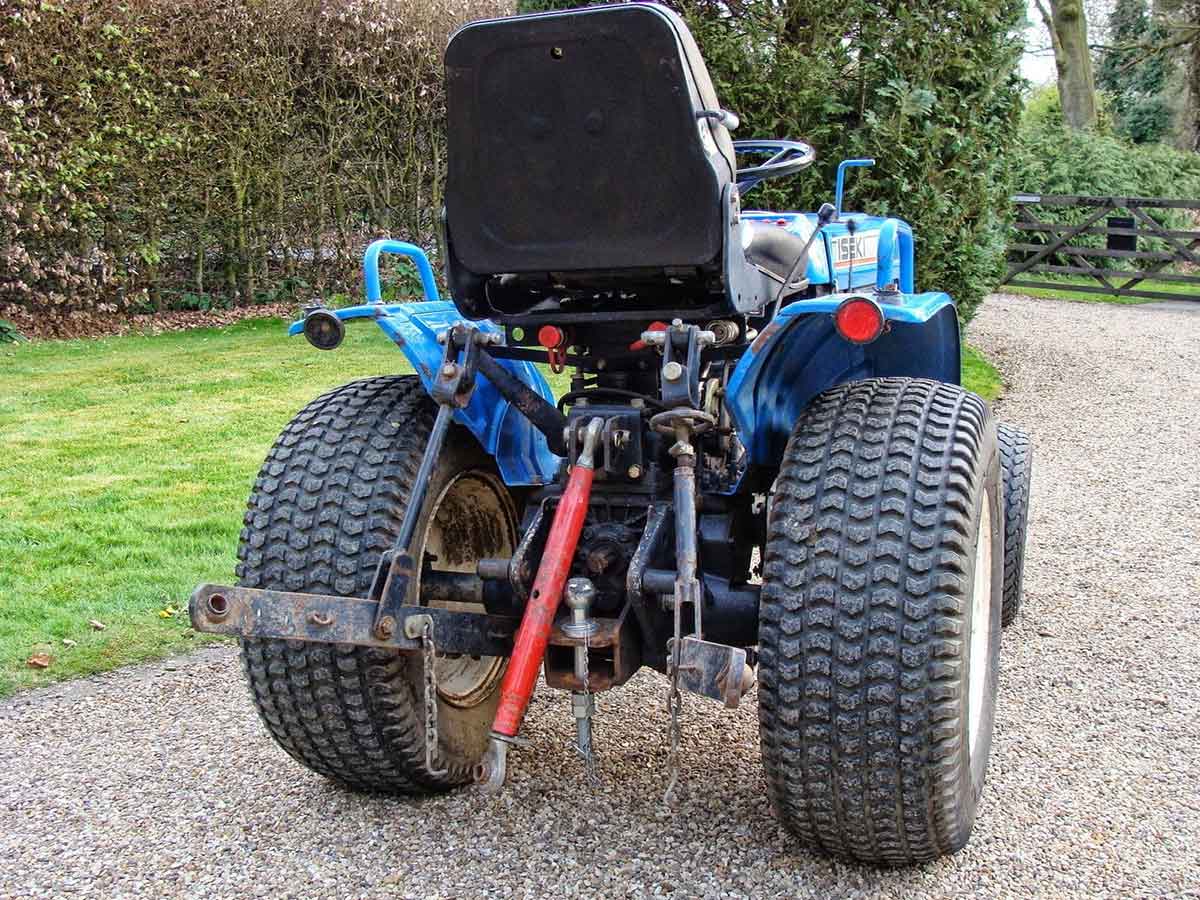We Brits love a staycation. And since the pandemic halted international travel, many friends, families and couples have flocked to the British countryside to enjoy a camping holiday instead of their usual ventures abroad.
As such, many farmers are capitalising on the surge in demand for glamping sites: luxury camping experiences that combine the peacefulness of staying in nature with more comfortable accommodation and facilities than a traditional camping holiday.
A glamping business has the potential to boost income significantly and is reasonably flexible, meaning smallholding owners can run it alongside other responsibilities and fit bookings around farming activities. So, what do you need to know before getting started?
The rising popularity of glamping
 According to the managing director of the outdoor booking site Pitchup, glamping bookings increased by 117% between 2019 and 2020. And after many people enjoyed a socially distanced, hygienic stay away from busy cities throughout the COVID-19 pandemic, the appeal of a glamping break is likely to grow.
According to the managing director of the outdoor booking site Pitchup, glamping bookings increased by 117% between 2019 and 2020. And after many people enjoyed a socially distanced, hygienic stay away from busy cities throughout the COVID-19 pandemic, the appeal of a glamping break is likely to grow.
These holidays are popular among young people and families wanting to enjoy the great outdoors with a few extra creature comforts. For example, pods, cabins and caravans provide the added safety and security of locks and latches. They often come equipped with private cooking and bathroom facilities, too — removing the stress of finding such amenities at a public campsite.
For smallholders looking to generate new revenue streams, a glamping business can offer an attractive return on investment with relatively low start-up and running costs. There are several types of glamping structures to choose between — from quaint, renovated shepherd’s huts and canvas teepees to glamourous family-sized glamping ‘pods’. Once you’ve decided what would work best for your smallholding, you can begin to work out the logistics.
Considerations for your glamp-site
First and foremost, it’s crucial to ensure you’ve got a suitable location for a glamping site. Whether you’re planning on having just one unit on your land or a more extensive set-up in an unused field, it needs to be both practical and appealing to guests.
Is there already plumbing and electricity on-site? Will there be adequate access and parking? Will you have to offer your home’s kitchen and bathroom facilities, or can you build an outhouse? You’ll need to work all of this out before asking your local council for planning permission, which you’ll need to get your project up and running.
 Many people prefer to visit the countryside for a more experience-based holiday. So, it’s worth thinking about what you could offer that’ll make your site stand out. You might like to provide a festival vibe for large groups, a romantic private hot tub for couples or outdoor activities for families — whatever you think you could do well. Should you operate a larger site, you may also want to consider offering other services such as a coffee hut and farm tours to further diversify and capitalise on your land.
Many people prefer to visit the countryside for a more experience-based holiday. So, it’s worth thinking about what you could offer that’ll make your site stand out. You might like to provide a festival vibe for large groups, a romantic private hot tub for couples or outdoor activities for families — whatever you think you could do well. Should you operate a larger site, you may also want to consider offering other services such as a coffee hut and farm tours to further diversify and capitalise on your land.
Once you’re ready to welcome guests, it’s time to start marketing your glamping site online. Creating a social media presence and signing up to popular third-party booking sites are great places to start — just make sure someone keeps track of reservations and updates relevant information. Positive reviews and word of mouth will be crucial to the success of your business, so attention to detail and excellent customer service are essential!
We have a range of farm equipment perfect for maintaining the land and facilities at your smallholding’s glamping site — get in touch to discuss your needs!







